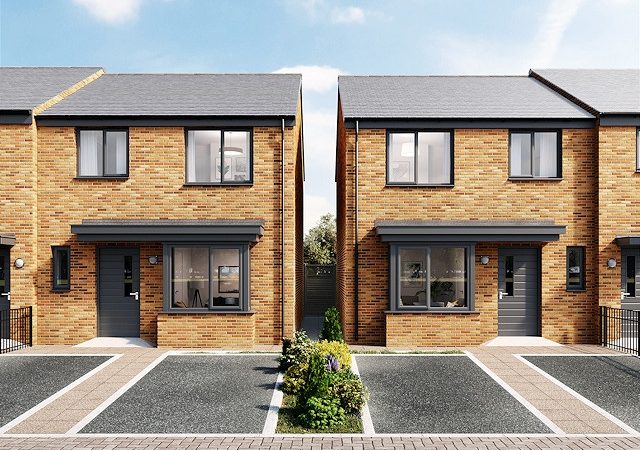Project Brief
The development comprises 39 new two, three, and four bedroomed affordable family homes. RBH have appointed leading regeneration specialists Galliford Try Partnerships to deliver these new homes, which have been designed by Manchester-based MHA Architects and are jointly funded by Homes England and RBH.
The homes will be available at affordable rents, or an affordable share for those who need help to be able to own their own home, through shared ownership and ‘rent to buy’.
The site was previously occupied by old, no longer suitable/ outdated social housing stock owned by the client.
Solution
We implemented our risk management process in the early stages of the project to mitigate the potential impacts of unknown ground conditions. Our approach ensured project success by identifying and managing remaining risks. We communicated abnormal cost implications to the client, associated with the development, the site constraints and associated risks.
The site presented challenges with existing sewers, relic foundations and an existing adopted highway that needed closing. Existing foundations were removed and the sewer was diverted to make way for the development and maximise the number of units on the scheme.
We liaised with local water authority United Utilities to ensure the Section 185 agreement was expedited efficiently.
The challenging site is on a steep slope which falls from north to south by around 6m. A balanced site was created by using Civils 3D BIM tools to undertake cut and fill exercise, with a retaining wall at the back to hold the material.
The client specified gabion basket walling, so we worked with them to review ground levels to minimise the height of gabion walls and provided detailed levels to achieve useable garden gradients for residents.
During this process we liaised closely with environmental consultants to agree a remediation strategy. We ensured that land contaminated from previous uses was capped with 600mm of clean earth during the cut and fill exercise. This approach saved the contaminated land from being taken to landfill, therefore reducing cost.
Strip footings on vibro improved ground were also used to reduce cost.

